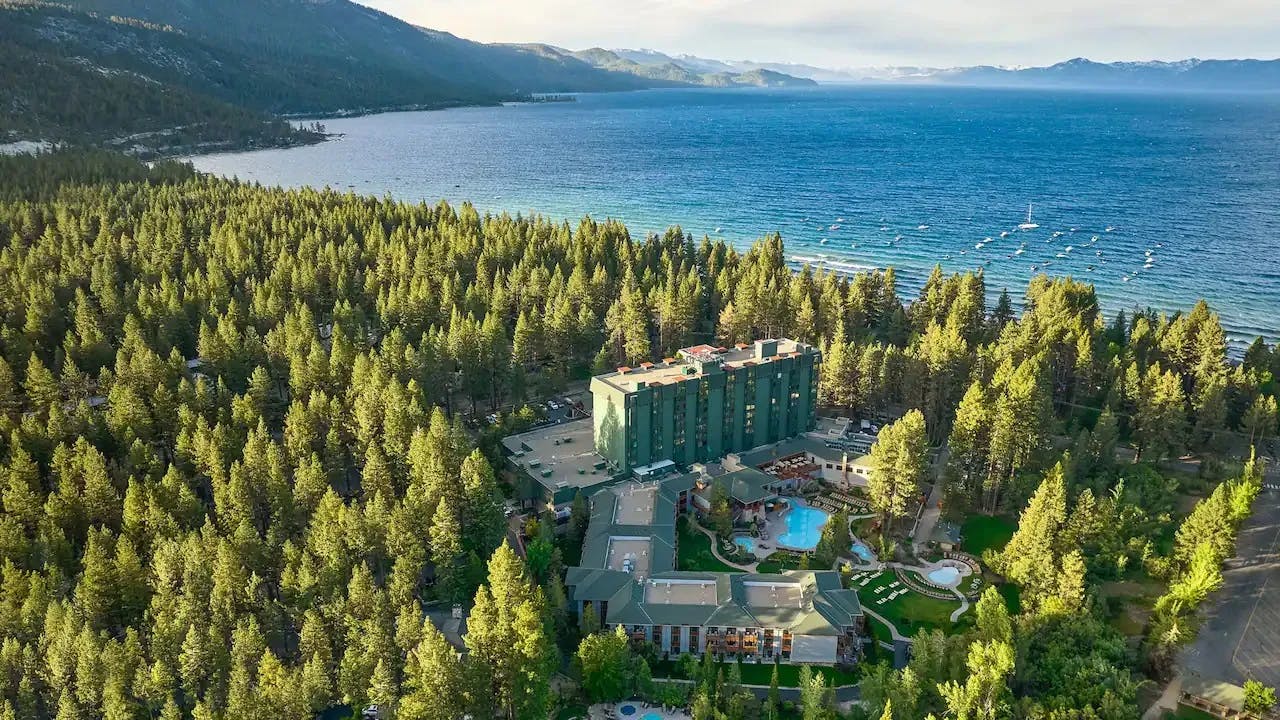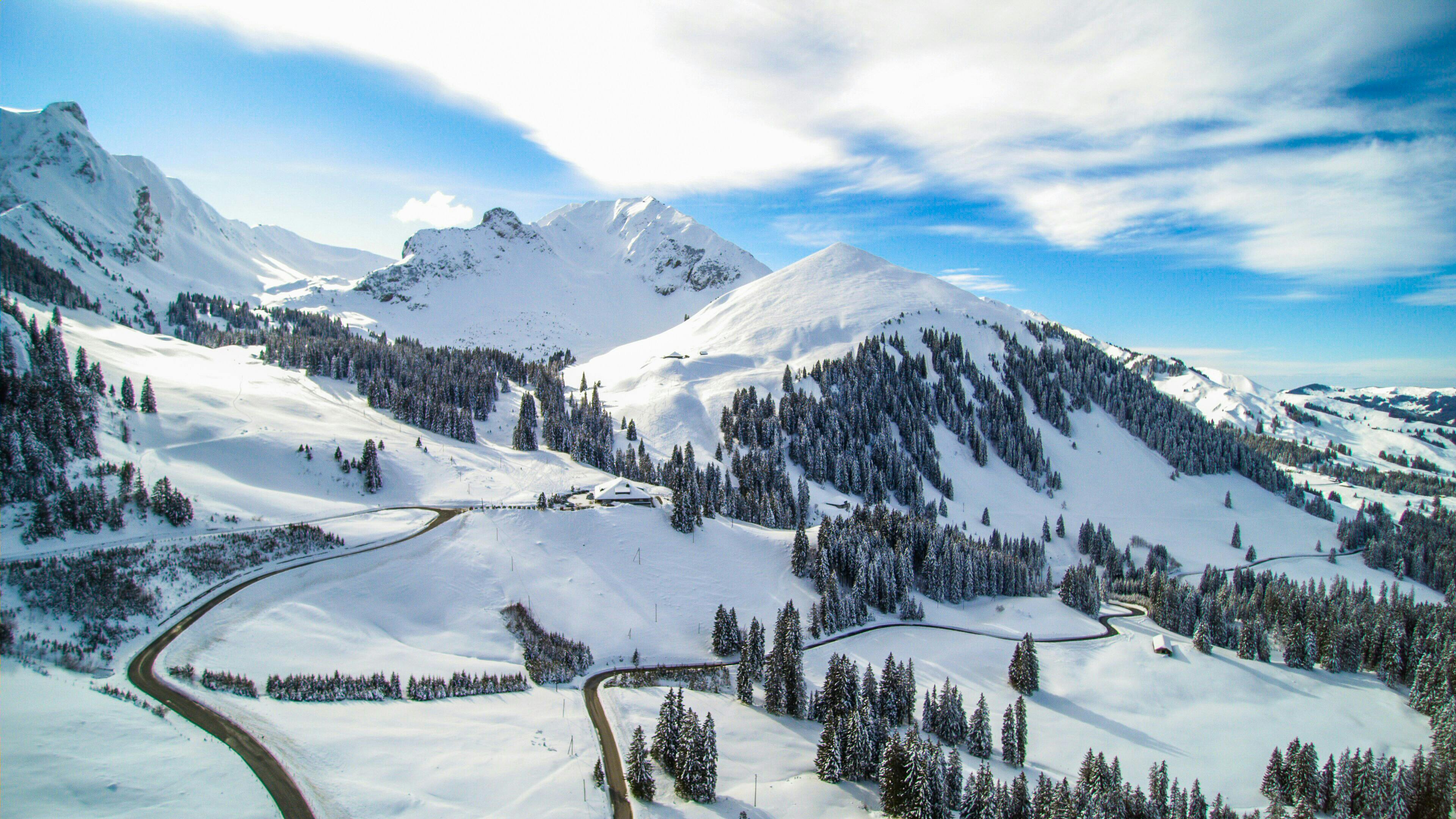- Ski.com Home
- Blog
- September Snow Is Flying Across Ski Country! [Photo Tour]
September Snow Is Flying Across Ski Country! [Photo Tour]
![September Snow Is Flying Across Ski Country! [Photo Tour]](/_next/image?url=https%3A%2F%2Fimages.prismic.io%2Fski-com%2FZy3ECq8jQArT0m9V_MicrosoftTeams-image-3.jpg%3Fauto%3Dformat%2Ccompress&w=3840&q=75)
In what is being considered a historic meteorological event by NPR, the winter storm currently affecting the state of Colorado and Utah is dumbfounding old timers who've never seen this much snow this early. Technically speaking, autumn doesn't even begin until September 22nd this year but hey, we love snow and we love seeing our favorite mountains blanketed in the white stuff.
Starting yesterday, snow began falling in earnest on the mountains of the Canadian Rockies, Montana, and Wyoming before moving into Colorado early this morning. The first portion of Colorado to see significant snowfall was the Park Range including Steamboat Resort and more specifically Rabbit Ears Pass. By mid afternoon, snow bands began to reach the southern mountain ranges and reports out of Telluride were indicating heavy snowfall rates on the higher peaks.
Related: Epic Pass North America Ski Resort Opening Dates
What is very unique about this particular winter storm is how it's interacting with a series of smoke/fire complexes throughout the west. As the snow moved south from the northern reaches of Canada, precipitation helped to extinguish (not fully) a series of sizable fires in Wyoming and Montana before doing a number on the gargantuan, 102,596 acre Cameron Pass Fire today in Colorado. That fire currently ranks as the 5th largest in the State of Colorado's recorded history.
https://twitter.com/Skicom/status/1303355259352481792
The result has been a winter storm system preceded by pyrocumulus clouds, which are essentially a mix of evaporated snowfall, ash, and smoke. Ultimately, that combination has allowed this particular storm to pick up steam in terms of snowfall. Why is that you ask? When it comes to snow storms, smoke can actually amplify snowfall totals as cold water molecules are keen to attach themselves to microscopic ash particles floating in the air. This causes snow volumes to increase if there is already a vast quantity of smoke present in the atmosphere.
While that mixture might sound bittersweet, it's good news overall as the snowfall and cold temps will not only heal much of the wildfire activity in the interior Rockies, but serve as a boon for water users across the state of Colorado, which were beginning to strain under a prolonged drought. If you're wondering what this type of precipitation looks like, check out this webcam footage from Copper Mountain.
 That is one thick snow cloud | Cover: Copper Mountain Colorado
That is one thick snow cloud | Cover: Copper Mountain ColoradoSo without further ado, here are the goods.
Vail, CO:
Beaver Creek, CO:
Breckenridge, CO:
Copper, CO:
Winter Park, CO:
Telluride, CO:
Keystone, CO:
Steamboat Resort, CO:
Big Sky Resort, MT:
Jackson Hole, WY:
Snowbird, UT:
All this snowfall got you itching to lock in your ski plans for the 20/21 winter season? Ski.com has you covered on everything from lodging to airfare, ground transportation to equipment rentals. Get a free quote today and have a Mountain Travel Expert figure out the rest.
TAGGED: Colorado, stoke-worthy snow, warning, weather, winter storm
Barclay Idsal
Author
Latest blogs
View AllHow Our Free White (Ski) Glove Service Works:
Reach out to a Ski.com Mountain Travel Expert by phone, chat, or our online form. Share details about your group size, interests, and budget and your Expert will begin to craft your dream ski vacation.
Get a curated proposal with personalized suggestions from your Expert via email. Book directly online or request additions or revisions from your Expert until it’s perfect.
If you have questions, want to add or modify your reservations or need anything assistance, your Expert is always by your side to help before, during and after your trip.
Sign up for our newsletter
Sign up for exclusive offers, news, updates and more.




